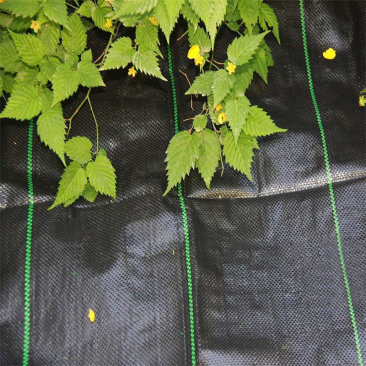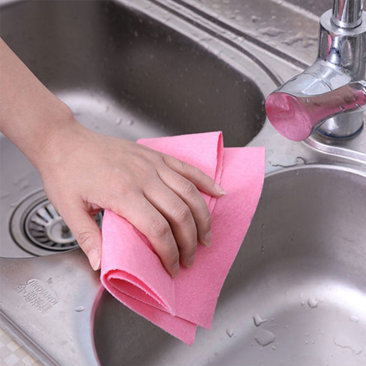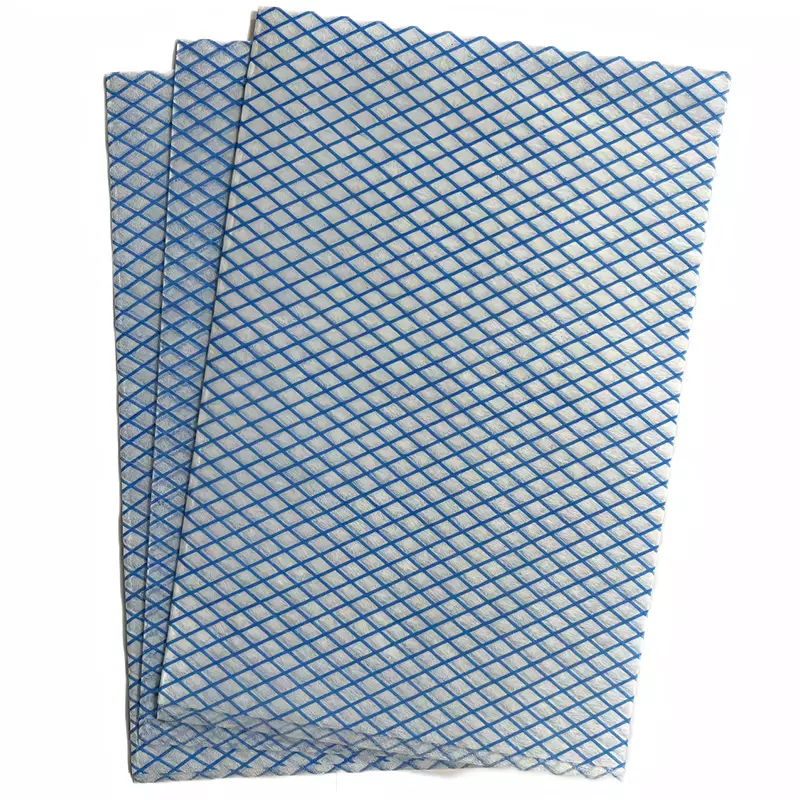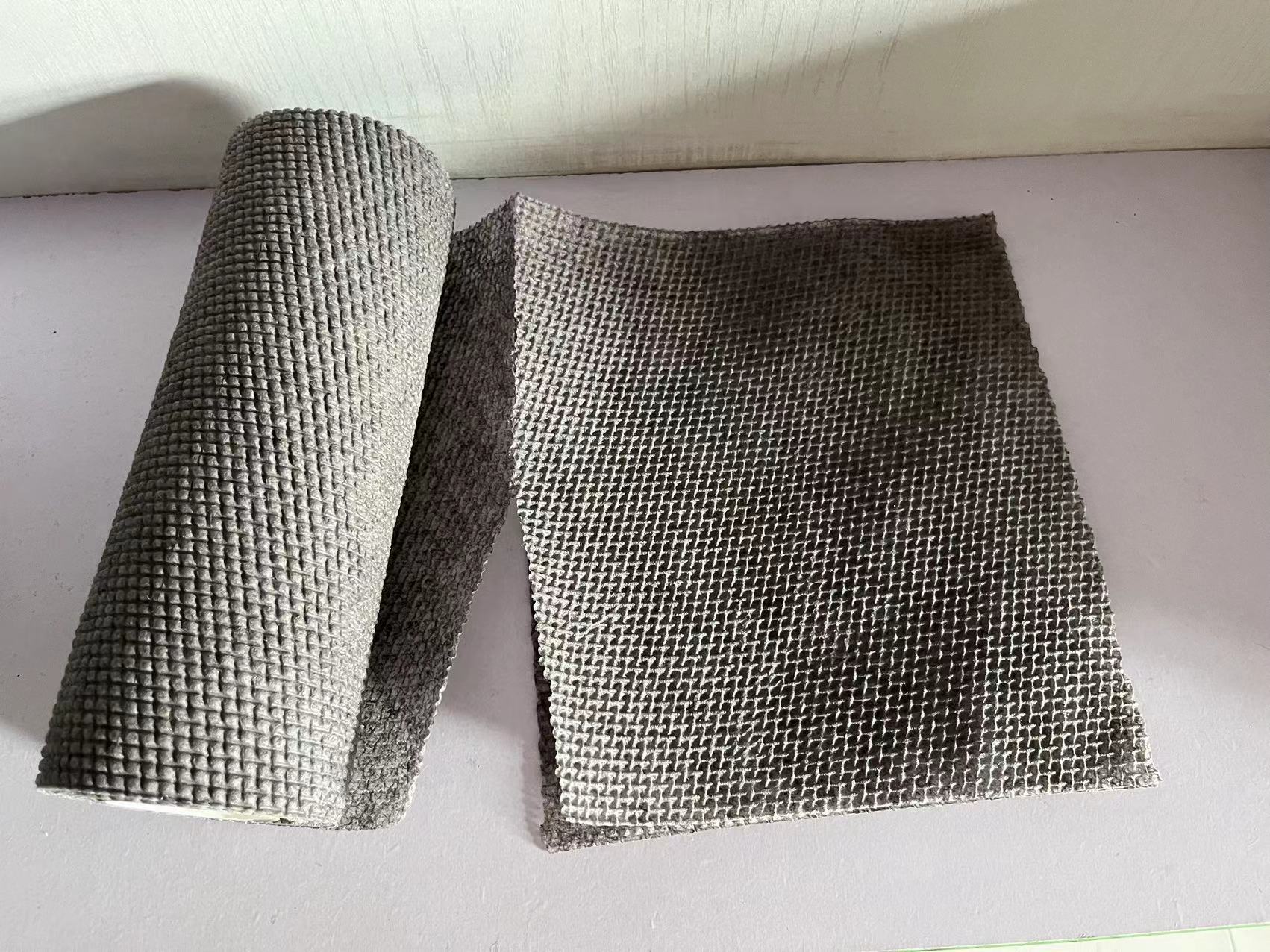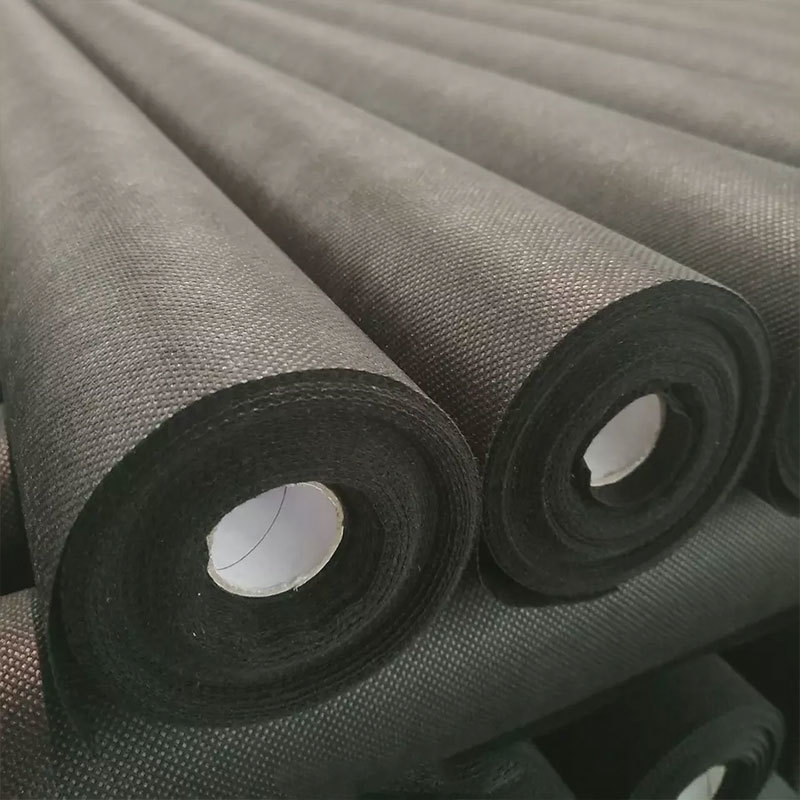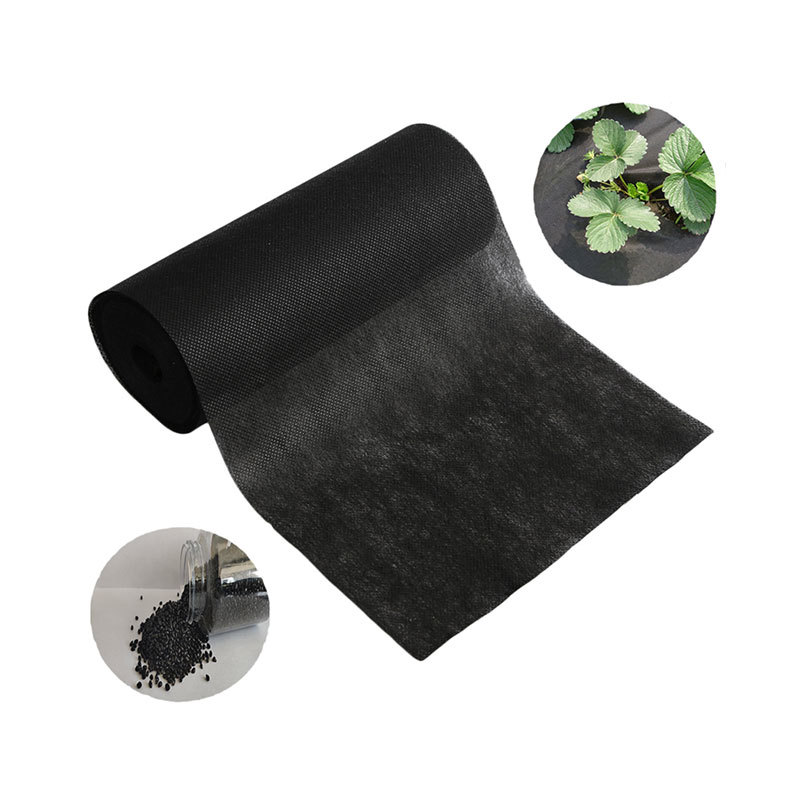11
2025
-
07
How Polypropylene Nonwoven Fabric is Revolutionizing the Fashion Industry
How Polypropylene Nonwoven Fabric is Revolutionizing the Fashion Industry Table of Contents 1. Introduction to Polypropylene Nonwoven Fabric 2. What is Polypropylene Nonwoven Fabric? 3. A Brief History of Polypropylene Nonwoven Fabric 4. Benefits of Polypropylene Nonwoven Fabric in Fashion Design 5. Sustainability and the Rise of Polypropylene Nonwoven Fabric 6. Innovative
How Polypropylene Nonwoven Fabric is Revolutionizing the Fashion Industry
Table of Contents
- 1. Introduction to Polypropylene Nonwoven Fabric
- 2. What is Polypropylene Nonwoven Fabric?
- 3. A Brief History of Polypropylene Nonwoven Fabric
- 4. Benefits of Polypropylene Nonwoven Fabric in Fashion Design
- 5. Sustainability and the Rise of Polypropylene Nonwoven Fabric
- 6. Innovative Applications in the Fashion Industry
- 7. Case Studies: Successful Uses of Polypropylene in Fashion
- 8. The Future of Polypropylene Nonwoven Fabric in Fashion
- 9. FAQs about Polypropylene Nonwoven Fabric
- 10. Conclusion
1. Introduction to Polypropylene Nonwoven Fabric
Polypropylene nonwoven fabric is swiftly changing the landscape of the fashion industry, offering a blend of versatility, durability, and sustainability. As more designers and brands recognize the potential of this innovative material, we delve into how it is reshaping fashion norms and consumer preferences.
2. What is Polypropylene Nonwoven Fabric?
Polypropylene nonwoven fabric is a type of textile made from polypropylene fibers that are bonded together through mechanical, thermal, or chemical processes. Unlike traditional woven fabrics, nonwoven fabrics do not require weaving or knitting, making them more cost-effective and easier to produce. The result is a lightweight, strong, and flexible material that can be engineered to various specifications.
2.1 Characteristics of Polypropylene Nonwoven Fabric
The unique characteristics of polypropylene nonwoven fabric are what make it particularly appealing to the fashion industry:
- **Lightweight**: Unlike many traditional fabrics, polypropylene nonwoven fabric offers a lightweight alternative without compromising strength.
- **Breathable**: Its composition allows for air permeability, enhancing comfort for wearers.
- **Water-Resistant**: Polypropylene naturally repels water, making it ideal for various fashion applications.
3. A Brief History of Polypropylene Nonwoven Fabric
The development of polypropylene nonwoven fabric began in the 1960s. Initially, it was utilized primarily for medical and industrial applications due to its durability and absorbent properties. Over the years, advancements in technology have led to innovations that allowed for its use in fashion.
3.1 Key Milestones in Development
- **1960s**: Introduction of polypropylene as a material for nonwoven fabrics.
- **1980s**: Expansion into hygiene products and medical textiles.
- **2000s**: Surge in fashion applications, with designers exploring its potential for clothing and accessories.
4. Benefits of Polypropylene Nonwoven Fabric in Fashion Design
As brands integrate polypropylene nonwoven fabrics into their collections, they reap numerous benefits that enhance their designs and production processes.
4.1 Cost-Effectiveness
Polypropylene nonwoven fabric is less expensive to produce compared to traditional textiles. This cost efficiency allows fashion brands to reduce production costs while maintaining high quality.
4.2 Versatility in Design
The ability to create various textures, weights, and finishes means that designers can utilize polypropylene nonwoven fabric in a wide range of garments, from casual wear to high-end fashion.
4.3 Ease of Maintenance
This fabric is often machine washable and resistant to fading, contributing to a longer lifespan for garments made from it.
5. Sustainability and the Rise of Polypropylene Nonwoven Fabric
As the fashion industry confronts increasing pressure to adopt sustainable practices, polypropylene nonwoven fabric emerges as a solution.
5.1 Recyclability and Eco-Friendly Options
Unlike many synthetic fabrics, polypropylene can be recycled, which reduces waste in landfills. Brands are beginning to incorporate recycled polypropylene into their production processes.
5.2 Reduced Environmental Impact
The production of polypropylene nonwoven fabric typically requires less water and energy compared to cotton and other traditional textiles. This makes it a more sustainable option for environmentally conscious brands.
6. Innovative Applications in the Fashion Industry
The fashion world is seeing a surge of innovative applications for polypropylene nonwoven fabric.
6.1 Fashion Accessories
Designers are using the fabric in everything from bags to hats, creating unique and eye-catching accessories.
6.2 Performance Wear
Due to its moisture-wicking properties, polypropylene nonwoven fabric is ideal for athletic and performance wear, providing comfort and functionality.
6.3 Streetwear Trends
The rise of streetwear has led to novel designs incorporating polypropylene, appealing to younger, trend-conscious consumers.
7. Case Studies: Successful Uses of Polypropylene in Fashion
Examining real-world examples of brands successfully utilizing polypropylene nonwoven fabric provides insights into its growing role in fashion.
7.1 Brand A: Innovative Outerwear
Brand A launched a line of outerwear made from polypropylene nonwoven fabric, promoting its lightweight and water-resistant features. The collection received positive consumer feedback for its blend of style and practicality.
7.2 Brand B: Eco-Friendly Accessories
Brand B introduced a range of eco-friendly bags made from recycled polypropylene nonwoven fabric, appealing to environmentally conscious shoppers and winning awards for its sustainable practices.
8. The Future of Polypropylene Nonwoven Fabric in Fashion
As the demand for sustainable and innovative materials grows, the future of polypropylene nonwoven fabric in fashion looks promising.
8.1 Anticipated Trends
- **Smart Fabrics**: The integration of technology into fabrics, such as temperature regulation, could be explored in polypropylene nonwoven designs.
- **Customizability**: With advancements in production technology, brands may offer more customizable options for consumers.
8.2 Challenges Ahead
Despite its advantages, challenges such as consumer perception and competition from other sustainable materials could impact the future of polypropylene in fashion.
9. FAQs about Polypropylene Nonwoven Fabric
9.1 What is polypropylene nonwoven fabric made from?
Polypropylene nonwoven fabric is made from polypropylene fibers, which are bonded together through various methods without weaving.
9.2 Is polypropylene nonwoven fabric sustainable?
Yes, polypropylene can be recycled and has a lower environmental impact during production compared to other traditional textiles.
9.3 What are the advantages of using polypropylene in fashion?
The advantages include cost-effectiveness, versatility, lightweight nature, and ease of maintenance.
9.4 Can polypropylene nonwoven fabric be used for outdoor clothing?
Absolutely, its water-resistant and breathable properties make it suitable for outdoor and performance wear.
9.5 How do I care for garments made from polypropylene nonwoven fabric?
Most garments made from this fabric can be machine washed and should be air-dried to maintain their quality.
10. Conclusion
Polypropylene nonwoven fabric is undeniably transforming the fashion industry by offering a sustainable, versatile, and cost-effective alternative to traditional textiles. As designers and brands continue to explore its potential, we can expect to see a more innovative and eco-conscious approach to fashion. By embracing materials like polypropylene, the fashion industry is taking significant steps toward a more sustainable future while pushing the boundaries of design.
nonwoven fabric polypropylene


